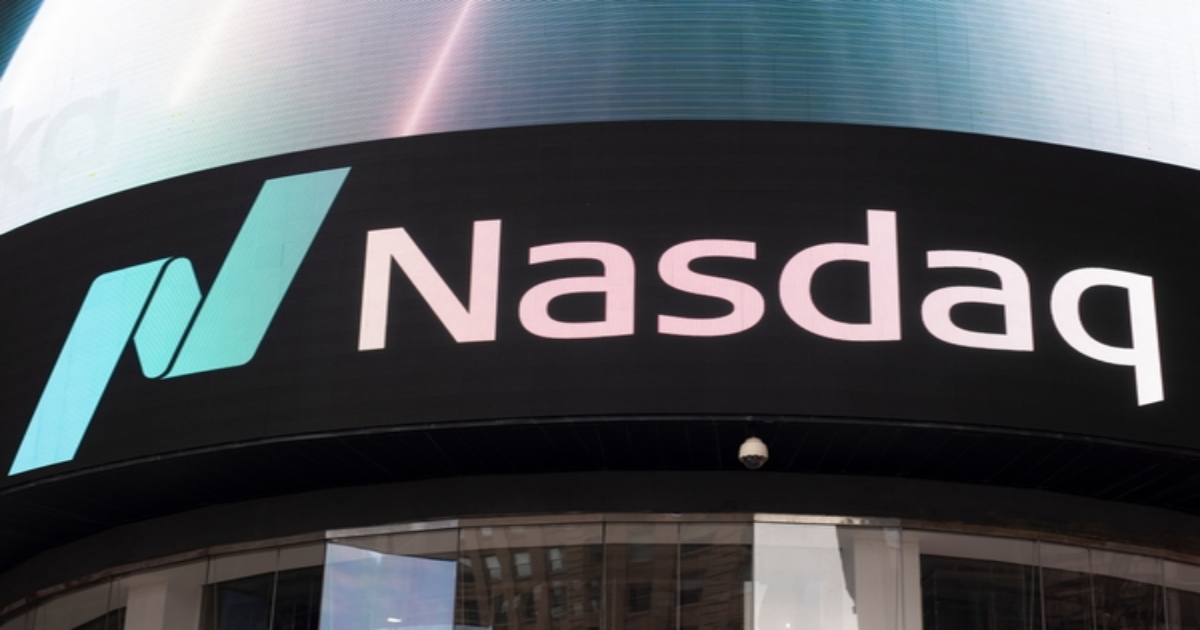Tax Efficient Income Channel
Sweeping tariffs this week sent equities plummeting and the tech-centric Nasdaq Composite into bear territory. The NEOS Nasdaq-100 Hedged Equity Income ETF (QQQH) focuses on offering income and downside protection in market drawdowns. It is performing notably in the challenging market environment this year.
The announcement on Wednesday after market close of tariffs on almost all imports to the U.S. sent markets plummeting overnight and on Thursday. China’s reciprocal tariff announcement of 34% on all imports from the U.S. on Friday sent equities sliding even further. Collectively, the U.S. stock market crash resulted in approximately $6 trillion in losses between Thursday and Friday afternoon reported the WSJ.
The Nasdaq hit bear market territory on Friday, with technology companies taking a significant hit. For investors, hedged equity strategies will likely hold strong appeal in the weeks and months to come. Investors looking to hold on to their core exposures, such as technology, would do well to look to NEOS Investments for possible solutions. QQQH declined significantly less than the Nasdaq-100 thus far this year.

The actively managed QQQH invests in the Nasdaq-100. It also uses a put spread option collar on index options on the Nasdaq-100. This entails writing calls to earn premiums for the fund, used for both income generation and to fund the purchase of out-of-the-money put spreads. At the same time, the fund also sells far-out-of-the-money puts to fund the put purchases as well as to generate income for the fund.
Downside Protection in Nasdaq and S&P 500
The ETF offers tech investors the potential for downside protection in declining markets, and income investors the potential to capitalize on tech volatility. During periods of heightened volatility, options writing strategies earn higher premiums. The strategy results in notable loss mitigation so far this year compared to the benchmark.
QQQH also offers a layer of tax efficiency for investors. The options that QQQH uses are index options on the Nasdaq-100, they and qualify as Section 1256 contracts. These receive favorable tax treatment under IRS rules. The options held at year’s end are treated as if sold at fair market value on the last market day. Any capital gains or losses are taxed at 60% long-term and 40% short-term, no matter how long they were held. A portion of the income earned from premiums also qualifies as a return on capital, providing tax deferment opportunities.
NEOS also actively manages the call options to capture gains in the underlying assets or minimize losses. In addition, the fund’s managers also engage in tax-loss harvesting opportunities throughout the year on the call options, equity holdings, or both.
NEOS recently expanded this strategy into the S&P 500 with its launch this week of the NEOS S&P 500 Hedged Equity Income ETF (SPYH). The fund seeks to deliver reliable income within the S&P 500 while reducing downside risks.
Both funds carry an expense ratio of 0.68% and complement existing core portfolio exposures.
For more news, information, and analysis, visit the Tax-Efficient Income Channel.
